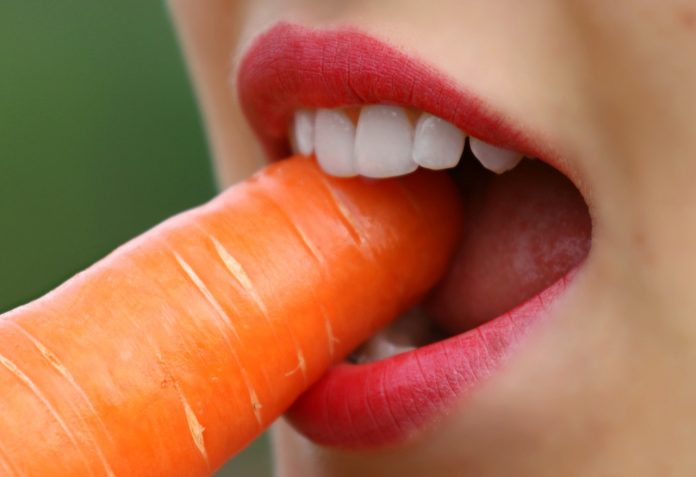
The probable rationale for the high protein diet is that high carbohydrates increase oxygen consumption. Therefore if you have less lung surface to exchange oxygen, then why stress your decreased lung function with demands for more oxygen by eating more carbohydrates?
There are better liquid supplements for persons with decreased lung capacity. Check with a local registered dietitian for names and sources for these supplements. There are ones lower in carbohydrate than Ensure that don’t increase the oxygen demand.
As to a decreased appetite, a glass of wine or beer can stimulate the appetite before a meal. There are prescriptions that also work to increase appetite. Have your relative ask her doctor.
Eating a lot of meat can suppress your appetite as anyone on a high protein, low carbohydrate diet can attest. Foods high in protein are muscle meats, poultry, fish, eggs, cheese, milk and real eggnog (buy pasteurized only). Liquid dairy products (milk, ice cream, pudding, etc) though do not increase phlegm (mucus). Milk products, fruit, juice, dried beans, peas, legumes, and grains also contain some protein but also contain a fair amount of carbohydrate (15 grams per serving). Non-starchy vegetables are pretty low in carbohydrate (5 grams per serving).
In eating a higher protein diet, the goal should be to include some protein at each meal. For instance, an egg or two at breakfast (forget about the cholesterol right now as her nutritional health is more important) and 3 – 4 ounces of meat at noon and evening meals would be appropriate. A 3 – 4-ounce portion of meat would be as big as the back of her hand and as thick as her little finger is wide. Use this as a rule to determine portion size. Make sure the meat is moist (add gravy) and well seasoned.
I would suggest your relative contact a Registered Dietitian to help her nutritional recovery. A dietitian could also recommend a good liquid supplement that doesn’t stress your relative’s oxygen consumption.

